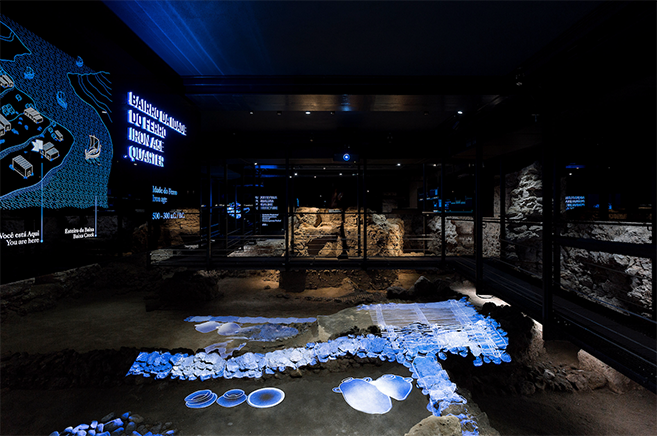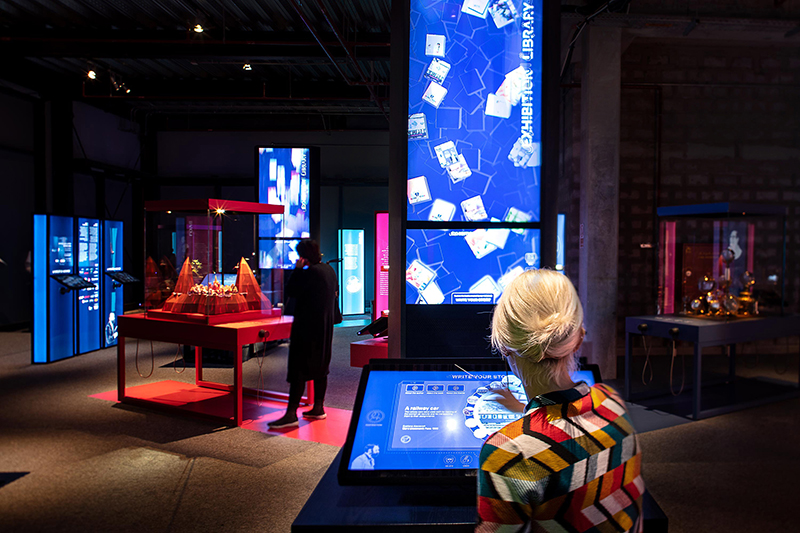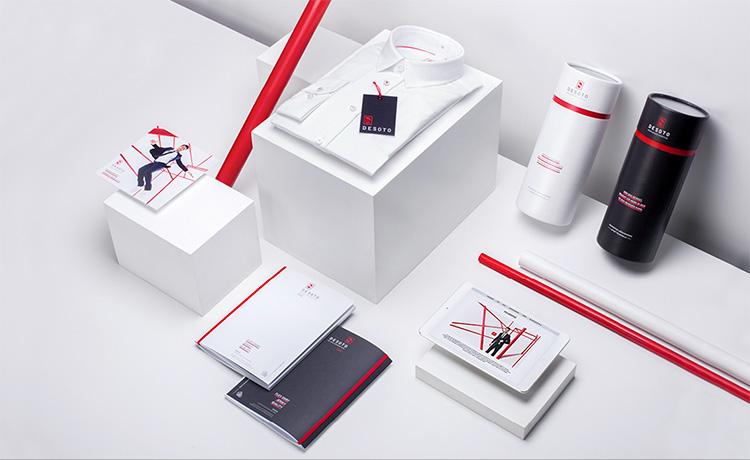Architectural Concept | Wassim Melki
Experiential Design, Visual Design & Narrative | Rana Rmeily, Wassim Melki, Christine Eicher in Collaboration with Marshmallow
This immersive installation within Ephesus’ archaeological site revives its vibrant past, blending myth and reality to unveil the city’s former glory. Crafted by a collaborative team, including architects, designers, and historians, it transports audiences into history. Using cutting-edge technology, visitors experience Ephesus’ magnificence and witness its birth, the rise of Artemis, and the opulent Roman lifestyle. The experience offers a 360-degree immersive film, holographic AR projections, and spatialized soundscape to engage visitors emotionally and educate them about Ephesus’ history. Through sensory tools like scent diffusion, light design, and fog, visitors are transported to the past, while a multi-language audio guide ensures a seamless journey.




























